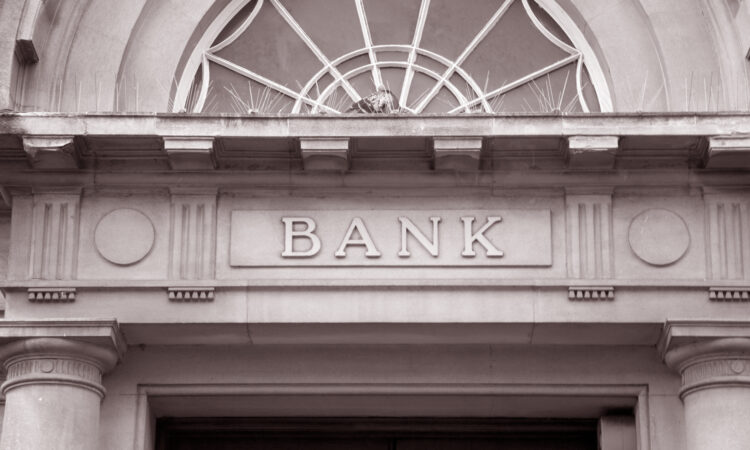
Changing your bank account can be a tedious task as you need to close your account, research new banks, set up automatic bill payments at the new bank, and so on.
You may want to open a new account for many reasons—your bank may have moved its branch from near your home or office, or raised its fees. Whatever the reason, here is how you can change your bank account.
Research A New Bank
Before you close your account at the current bank, research a new bank that suits your needs. Your new bank should provide facilities such as online bill pay, direct deposit, free checking, and higher interest rates on savings accounts.
The bank should also have great customer service, including operational branches around your home or workplace. Check details like whether the checking account has a minimum balance requirement if you’re liable to pay a fee for making too many withdrawals during a month, the amount you need to deposit to set up your account, and the like.
Open The New Account
Begin the switching process by opening your new checking account. For this, you’ll have to provide the new bank with details like your name, date of birth, address, along with your Social Security number and an official photo identification document (driver’s license/passport/official state ID card). You’ll then have to make an initial deposit to open the account. The amount varies from one bank to another.
Cancel Automatic Payments At Your Current Bank
After opening your new checking account, cancel the automatic payments associated with your current bank, and set them up at your new bank. Don’t skip this step otherwise, creditors may try to take money out of your closed account.
If your paycheck was set to be directly deposited into your old account, cancel it, and inform your company’s human resources department about your new account.
Close The Old Account
Close your old account once all your payments and checks have been cleared to avoid any check from bouncing. It is ideal to close your old account one month after opening your new one.
Get Written Verification
Closing your account in person is ideal as you can get immediate written verification for the same. This protects you if your former bank states your account was never closed or reopens your account.






